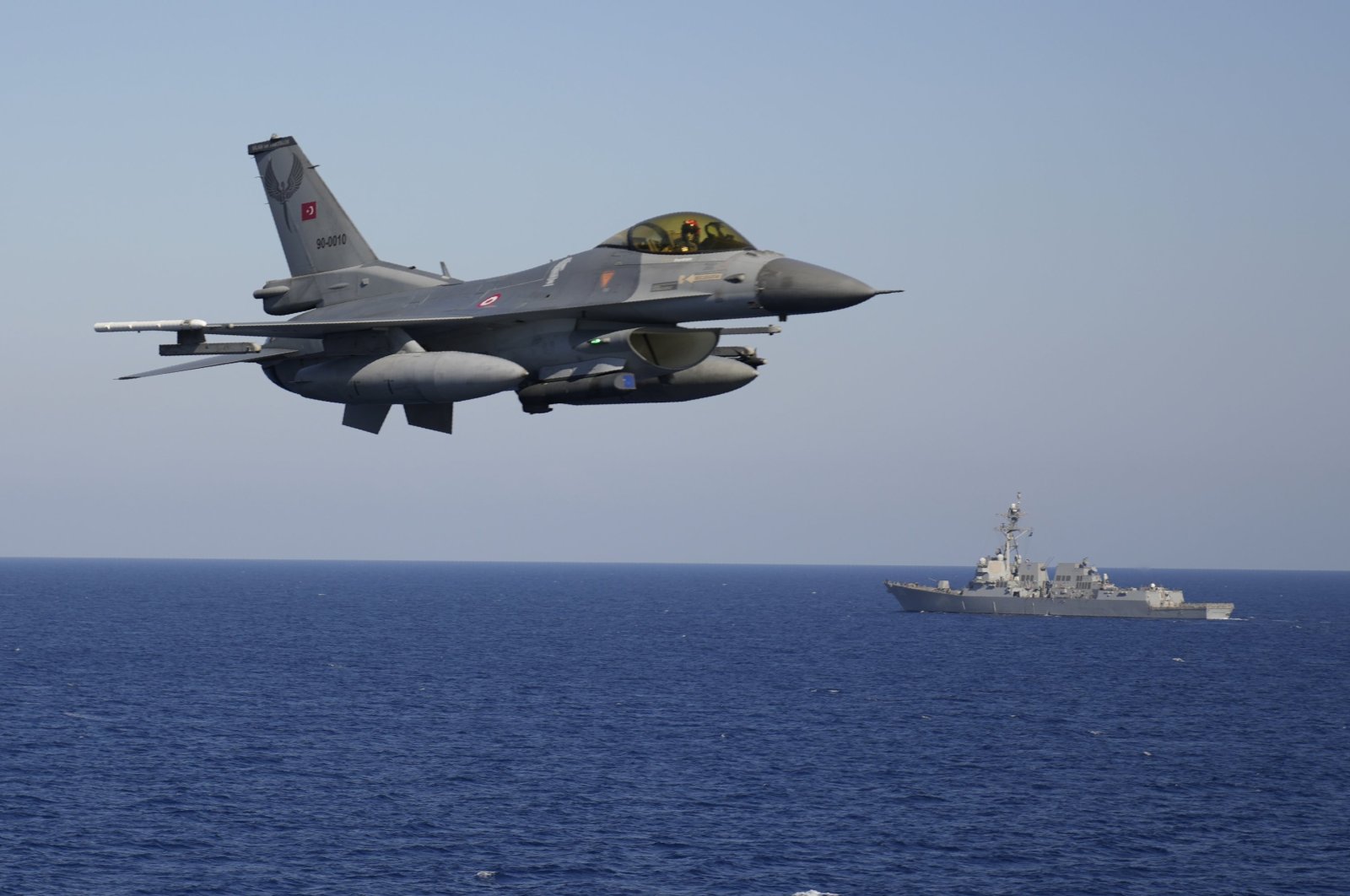Demir made the related statements to Turkish broadcaster NTV.
Demir emphasized the significance of reducing foreign dependency in the defense industry, which aligns with Türkiye’s main principle. He highlighted that the F-16 is a purchased system, but the “Özgür” project aims to enhance its capabilities and make it genuinely Turkish.
The F-16 Özgür modernization program – undertaken by Turkish Aerospace Industries (TAI) – focuses on upgrading the existing F-16 fighter jets in the Turkish Air Force arsenal with national mission computers and software.
The project aims to equip 35 F-16 Block 30 aircraft with a unique mission computer with national avionics and national OFP software.
As part of the modernization process, the F-16 Block 30 warplanes will receive several upgrades, including the following components: a national mission computer, system interface units, cockpit upper front control panels, fuel hydraulic indicators, engine display screens, emergency indicators, national sound safety devices, national friend-foe identification (IFF) systems, multi-mode receivers, inertial navigation systems, interface blinding units, helmet integrated aiming systems, center cockpit indicator and color multifunction displays.
Furthermore, the MURAD AESA radar, developed by leading Turkish defense company Aselsan, will be integrated into the F-16 platforms that have undergone the Özgür modernization after the completion of development activities.
The Özgür project also facilitates the integration of national munitions. Accordingly, the modernized aircraft will be equipped with the locally made Atmaca anti-ship missile and Gezgin cruise missile, enabling them to engage their targets effectively. This development signifies that the Atmaca and Gezgin missiles, typically deployed from the ground, can now be launched from aircraft.
Aselsan has recently released its highly anticipated 2022 annual report. The report highlighted a development achieved through a contract signing with TAI as part of the Özgür project.
The report revealed that the initial batch of devices had already been delivered, marking the swift commencement of serial production.

